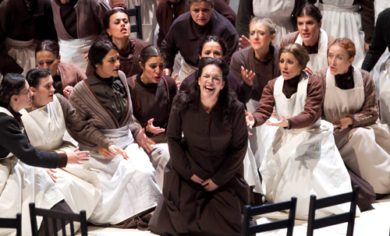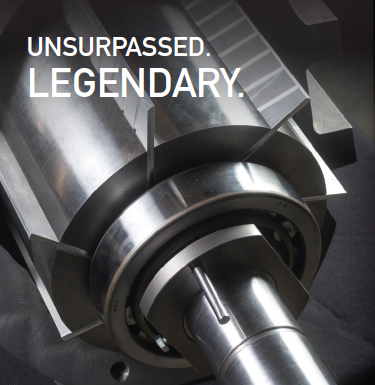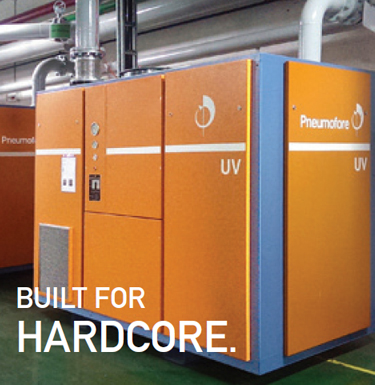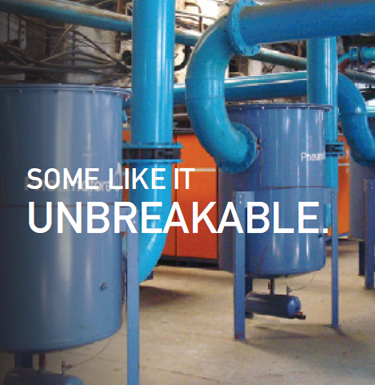A dust-free Stage for Singers
Acoustics are priority in the architectural design of theaters, which are historically in the center of the city. To sing properly, artists require optimal stage conditions. Dust has been a major problem until our engineers dimensioned in 1989 a system to spray water in order to have the correct humidity and dust-free air.
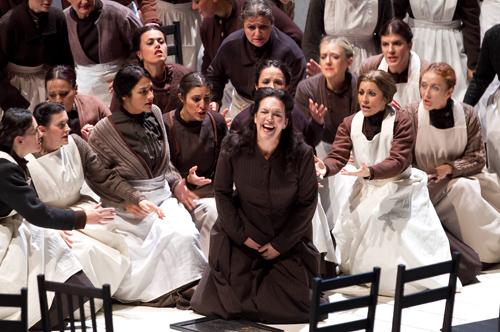
The Savoy kings commissioned the Turin Opera called ‘Regio’ around year 1730. Ready in 1740, it became an international reference point because of its capacity with 2500 seats, its magnificent decorations, the impressive scenes and the technical equipment. In Italy the Regio was competing with other relevant theaters in Venice, Milan and Naples and various restorations took place to host important operas from Rossini, Wagner, Strauss, Puccini and more. Unfortunately, in 1936 the Teatro was damaged by a violent fire and it took more than 40 years to rebuild it. The arrival of TV and lately of Internet did not influence the importance and prestige of the classic music, ballet and singing arts which keep on being performed almost daily with sold-out seats. On one side we have a culturally well-educated audience, on the other side is the extraordinary appreciation of the artists to perform on the stage of the Regio.
Dust is the enemy of every singer voice, this is usually solved with manual spraying of water on the stage to collect the dust which is ‘around’ just before the show begins. A building almost 300 years old with internal heights of 20 plus meters emits dust continuously, also from the ceiling or very high stage structures. Thus, during the performance new dust falls from top to the stage and pollutes the air. The manual spraying of water before the spectacle and during the breaks is insufficient. These circumstances were observed by the stage operators in 1989, who contacted the engineers of Pneumofore to set-up a water spraying system, to be installed on the ceiling, driven pneumatically by an air compressor.
The engineering work was considerably high due to the pneumatic-driven water-spraying-system being installed to keep the entire stage area (the visible front and the backstage) dust-free. A small, invisible pneumatic piping and a water system were dimensioned to cover pressure losses in small pipes over distances of several tens of meters. Since 1990, the Pneumofore compressor is installed distant from the stage area with two adequate receivers (one for water and one for compressed air) combined with a complex electro-pneumatic control network to command hundreds of spraying nozzles. After more than 20 years of daily operation, this ‘humidifying system’ is still up and running, hidden from the look of singers and audience.
Notable is the continuous positive feedback by the singers who highly appreciate the clean breathing air, without itching of nose or throat, allowing ‘interference-free’ performances. In fact, the operation of the water spraying system must be adapted to the atmospheric humidity and to the amount of scene changes, which move scenic modules causing more dust to fall.
More prestigious theaters showed interest in this solution which has little material investment but important engineering content. The water quality alone must be supervised to avoid the clogging of spraying nozzles, electro-pneumatic valves placed in spots with difficult access require preventive maintenance to guarantee the trouble-free operation, whatever show is being performed on the stage of the Regio. Many are the variables to be considered to set-up such a humidifying system in order to perform and allow precise setting on the long term..
Courtesy Photograph of the ‘Der fliegende Holländer’ by Richard Wagner at the Teatro Regio Torino in 2012.

